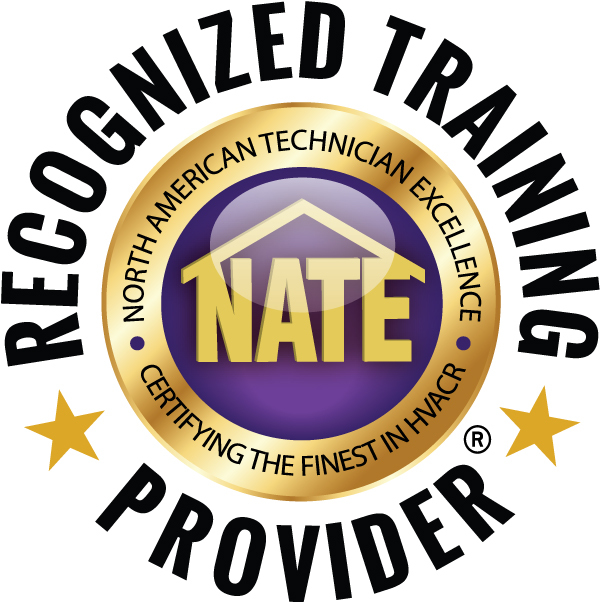HVAC Zoning
Learning Objectives:
- Explain the benefits of zoning in residential HVAC.
- Discuss how an HVAC contractor can pitch zoning to customers.
- List recent updates in the zoning industry, including its integration with smart home technology.
- Respond to frequently asked questions about zoning.
Credits:
Below are a set of links to articles from the NEWS. Click on each link below to read the articles or listen to the podcasts, and then complete the quiz to earn your credit and certificate of completion.
Zoning in residential HVAC systems contributes to individual comfort and energy efficiency for homeowners. This course examines the benefits of zoning from both the contractor and customer perspective, highlighting zoning’s importance in the smart home ecosystem and debunking long-standing misconceptions about the technology. It provides installation tips as well as strategies on selling zoning as an add-on to HVAC projects.
Disruptive Trends Change Zoning’s Role in HVACR
With advancing zoning technologies, HVAC contractors are not only able to provide the custom comfort promised by smart homes, but they are also able to marry zoning and predictive maintenance technologies to provide increased control and real-time monitoring. This article details the role of zoning in smart home compatibility.
By Angela Harris
Homeowners Look for Individual Comfort Amidst Pandemic
One big part of selling zoning is making customers aware of its benefits. The other is getting contractors comfortable with offering zoning on every job. This article outlines how an HVAC contractor can make the pitch for zoning as a solution to household comfort issues.
By Layan Dahhan
HVAC Contractors Get Into the Zone
In 2020, more than 12.7 million air conditioners, heat pumps, and warm-air furnaces were shipped, according to the Air-Conditioning, Heating, and Refrigeration Institute (AHRI). But fewer than a half-million zoning systems are sold in a typical year. This article provides some of the more common questions about zoning that contractors might hear, along with answers provided by three industry experts.
By Matt Jachman
HVAC Contractors Get Comfortable With Zoning
Zoning’s main challenge may have to do more with people and habits, but that hasn’t stopped the sector from making advances with the technology and the process. This article outlines recent updates in the sector and debunks installation mistakes that HVAC contractors should know about.
By Robert Beverly
Reasons to Offer Zoning on Every HVAC Job
Zoning is a great way for contractors to increase their bottom line by offering a solution that can save the homeowner money and bring overall comfort throughout the home. And for contractors, adding zoning to a project can increase profit margins by an estimated 25-30%. This article lays out three reasons why contractors should be offering zoning more often.
By Maria Taylor

Photo courtesy of EWC Controls
NEW TECHNOLOGY: Smart bypass dampers can take a lot of guesswork out of the setup process, which makes it easier for contractors to install zoning systems.









